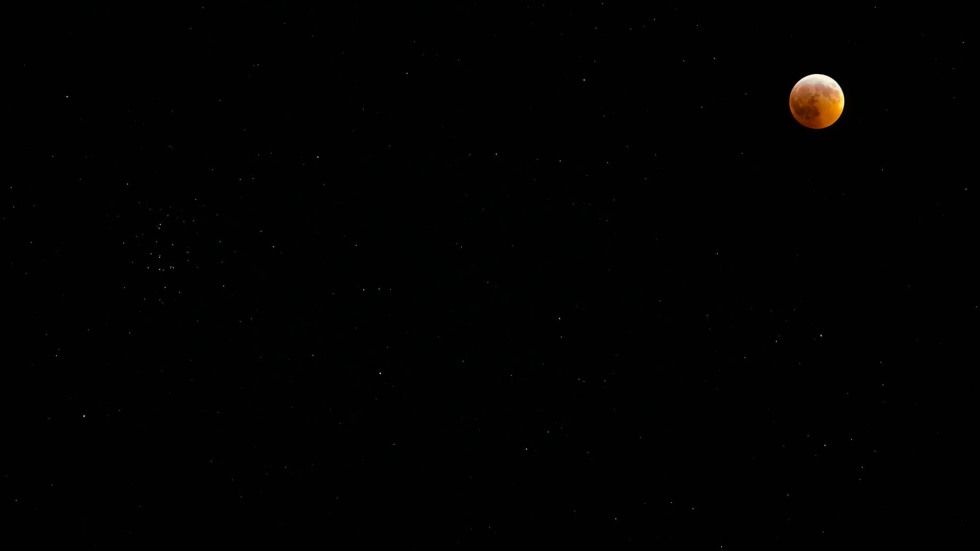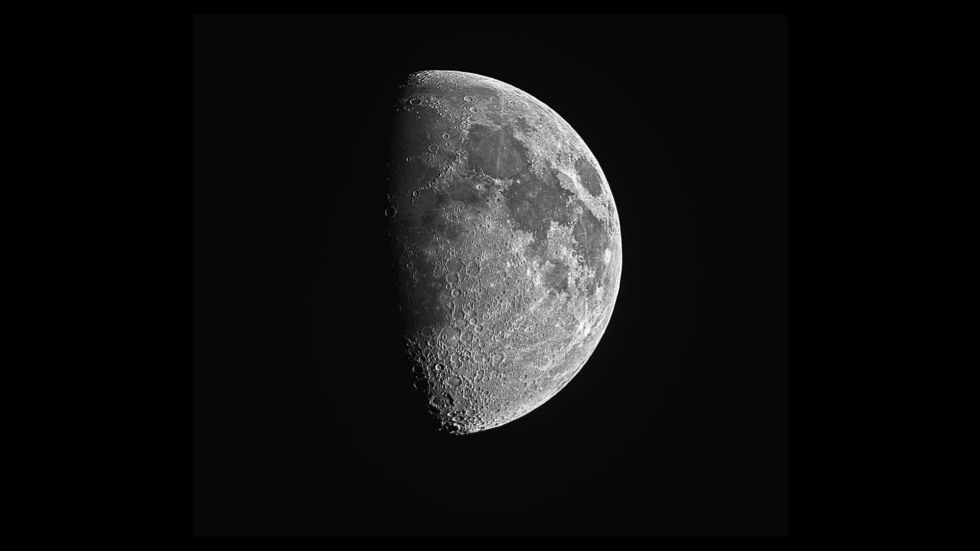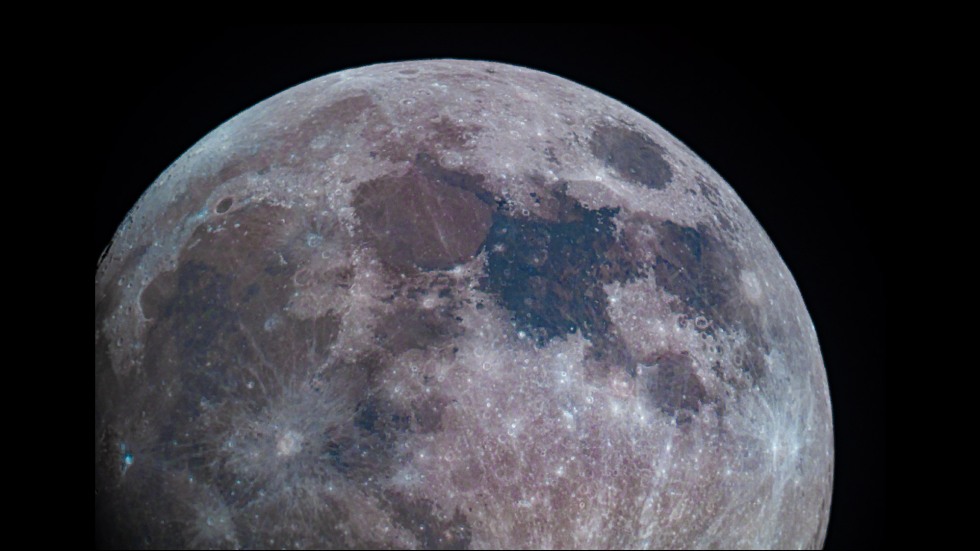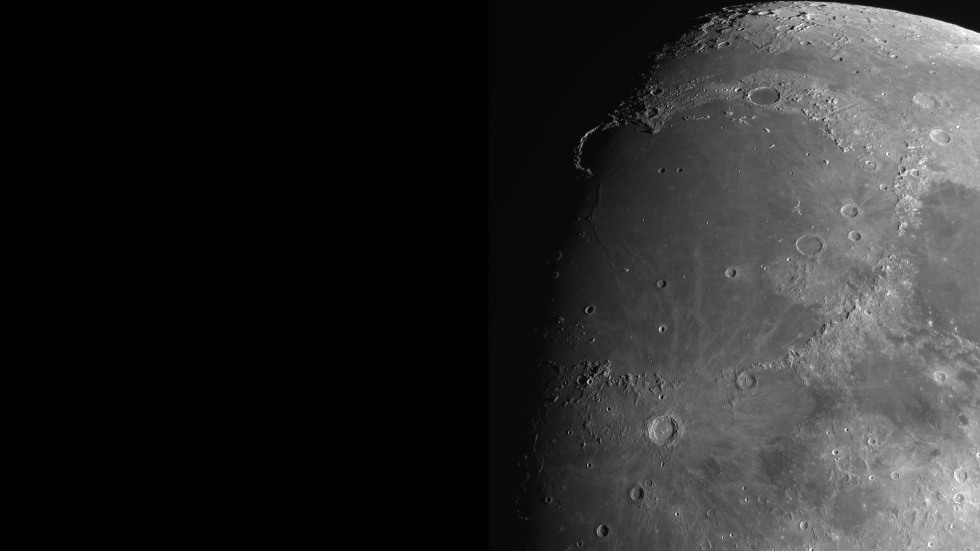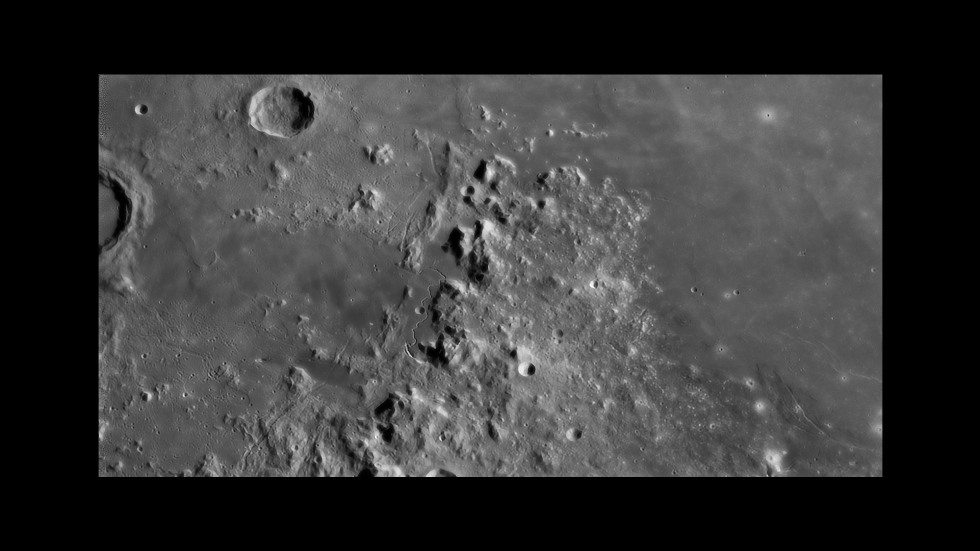PROVIDENCE, R.I. [Brown University] — Whether it’s atop the roof of the Barus and Holley building, within the walls of the historic Ladd Observatory or any place that offers a commanding view of the sky, every year students and other members of the Brown community invest time and effort in not only learning about the stars, but capturing them — often in quite spectacular fashion.
The effort includes undergraduates taking introductory astronomy courses offered by the Department of Physics, students looking to venture further into the cosmos through Brown’s Astronomy Club, graduate students who have a knack for astrophotography and faculty and staff members who manage the observatory equipment or research distant galaxies.
Below are some of the stunning images that have come from students, faculty and staff in recent years, along with a description of where in the universe they sit or what it took to put the snapshot together.
